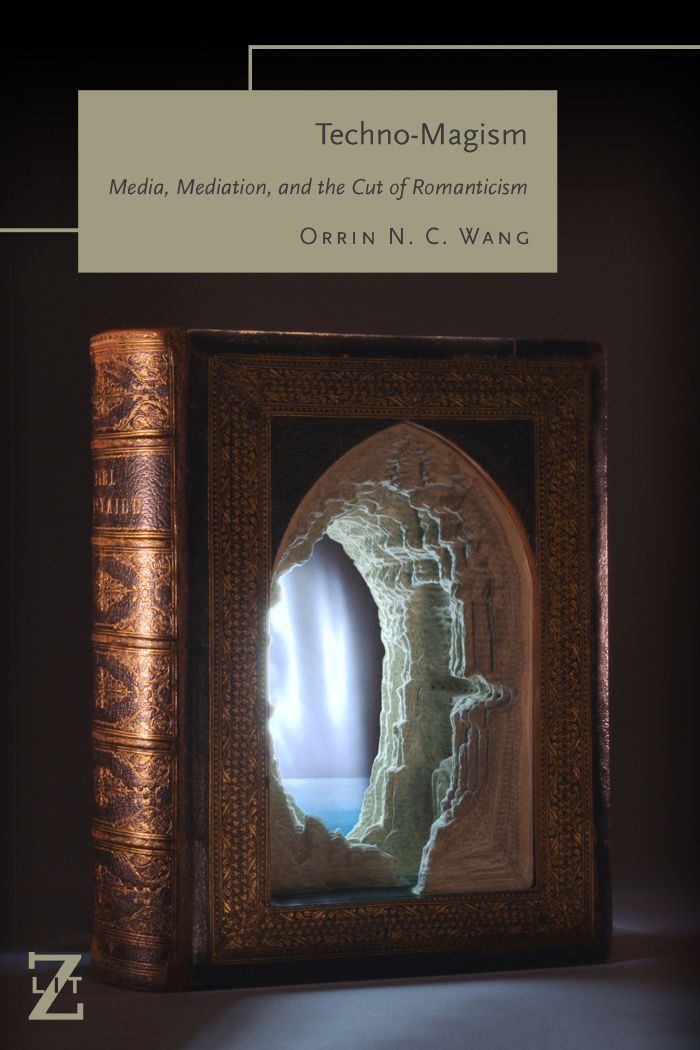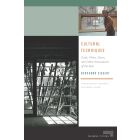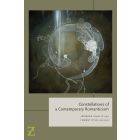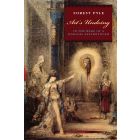Techno-Magism
Media, Mediation, and the Cut of Romanticism

This book can be opened with

Shortlisted, Marilyn Gaull Book Award
Techno-Magism explores how British Romantic literature abuts and is organized around both print and non-print media. The book explores not only the print, pictorial art, and theater of early nineteenth-century England and Europe but also communicative technologies invented after the British Romantic period, such as photography, film, video, and digital screens. This proleptic abutting points to one way we can understand the implicit exceptionality wagered by reading Romanticism through media studies and media theory.
Techno-Magism argues that both media studies and the concept of mediation in general can benefit from a more robust confrontation with, or recovery of, the arguments of deconstruction, an unavoidable consequence of thinking about the relationship between Romanticism and media. The book thinks that relationship through the catachrestic practice of a techno-magism, a technics of inscription always outside the causalities of a dialectical economy. The book further pursues two interrelated ideas: the structural incommensurability of the cut and the unapologetic presentism of the constellation. Marked by its late capitalist moment of composition, the book explores the continuity between the social character of Romantic and post-Romantic media, in terms of commodity culture, revolution, and the ecological devastation of the anthropocene.
Techno-Magism strategically scrambles the chronology in which Romanticism is studied under book-history, while the coveted beginnings of media are attributed to the Victorian period. Wang reads Romantic texts and modern media in a zigzag that transposes the one onto the other. The book reexamines where Romanticism has been put in critical history and where it might fit in our epistemology.—Tilottama Rajan, Western University
Techno-Magism is an incisive intervention in the growing conversation about the relevance of Romanticism to media studies and media theory. Wang’s book is finely attuned to those latter disciplines’ go-to theoretical touchstones (from Hegel to Adorno and Benjamin to Kittler and Guillory), as well as to the usual histories it paints. But it is equally alive to what Romanticism—as historical period, a constellation of literary texts or modes, and a still-developing set of theoretical and philosophical commitments—has surreptitiously brought and might yet bring to the broader discussion of what media is and does.—Andrew Warren, Harvard University
With his pathbreaking new book, Techno-Magism: Media, Mediation, and the Cut of Romanticism, Orrin N. C. Wang importantly updates and expands the purview of the dynamic and vital subfield of Romantic media studies.—The Wordsworth Circle
Introduction | 1
Constellations
1. Techno-Magism, Coleridge’s Mariner, and the Sentence Image | 33
2. Two Pipers and the Cliché of Romanticism | 53
3. The Gothic Zany | 78
4. Prometheus Unbound and Commemorative Thought | 102
5. After Life: Byron’s Manfred and the Umwelt | 123
Cuts
6. Play Time: Austen, Byron, and Mary Shelley | 149
7. Chthonic Michael: Smithson, Lévi-Strauss, Freud, Wordsworth | 175
8. Dream Animals | 196
Acknowledgments | 223
Index | 225




